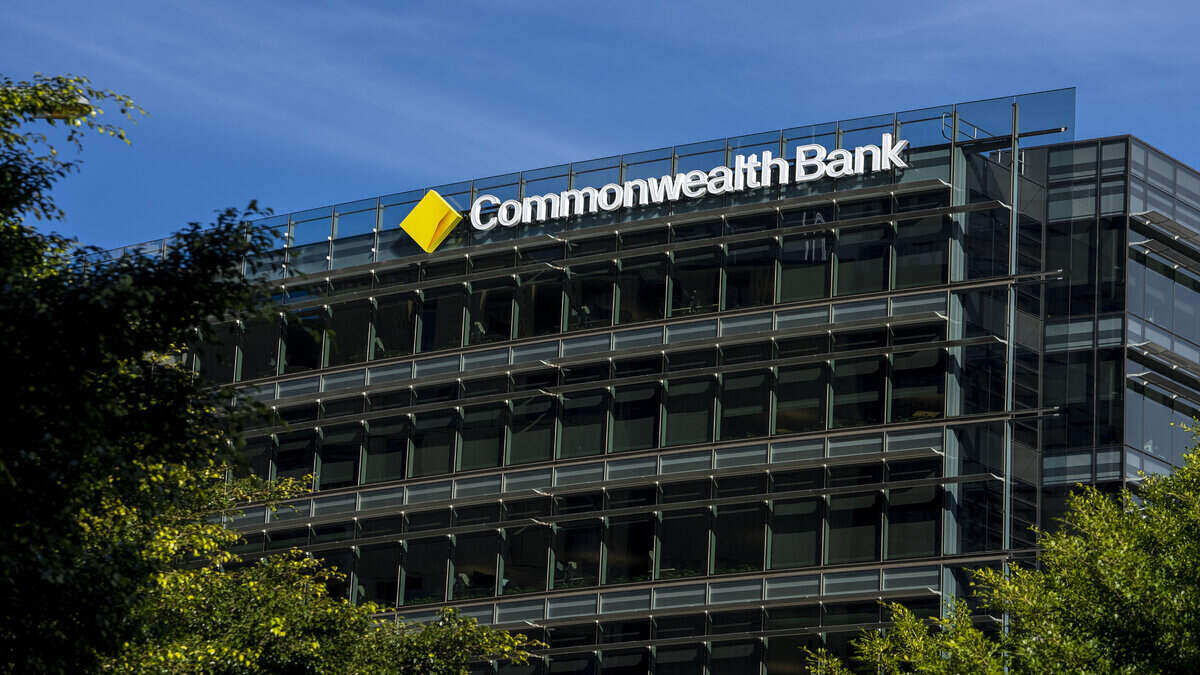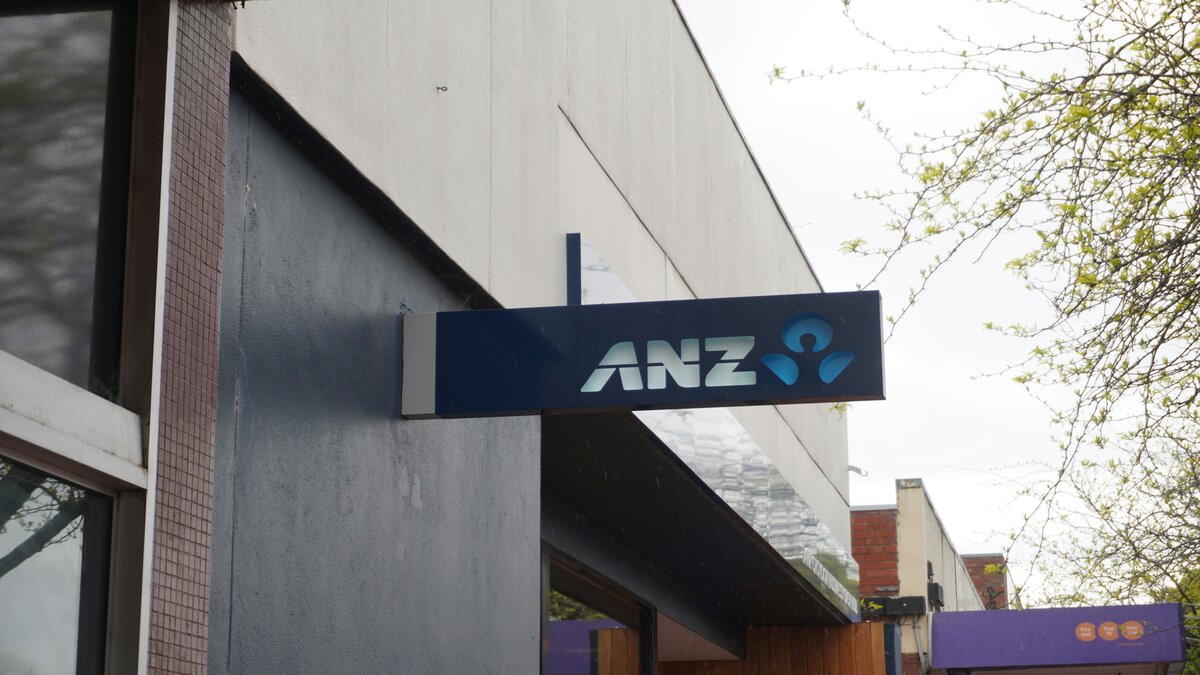Westpac yesterday cut its serviceability rate from 7.25% to 5.75%, with a buffer rate of 2.5%, while ANZ last week cut its rates to 5.5% and 2.5% respectively.
Westpac-owned St. George Bank, Bank of Melbourne and BankSA have also followed Westpac’s lead by cutting their serviceability rates to 5.75%.
This comes 11 days after the APRA removed the serviceability buffer that required banks to assess all borrowers against their capacity to repay a loan at 7%.
Under these changes, banks would now only have to add a 2.5% buffer on current interest rates to review whether the home loan is suitable for the borrower.
APRA chair Wayne Byres said that the previous 7.25% serviceability rate was too high in today’s economy but urged banks to continue to be vigilant in their lending process.
“The changes being finalised today are not intended to signal any lessening in the importance APRA places on the maintenance of sound lending standards,” Mr Byres said.
“With many risk factors remaining in place, such as high household debt, and subdued income growth, it is important that ADIs (authorised deposit-taking institutions) actively consider their portfolio mix and risk appetite in setting their own serviceability floors.”
What are serviceability rates?
Serviceability rates are what banks use to assess how much money you are financially capable of borrowing.
A buffer rate is what lenders will add to their interest rate to calculate whether you will be able to afford the loan, should interest rates rise over the course of its life.
Banks will take into account a customer’s income and expenses and then add their buffer rate to the interest rate they’re offering.
For example, Westpac’s lowest variable home loan (owner-occupier) rate with principal and interest repayments is 3.78% p.a. (3.79% comp rate) at the time of writing.
Under the new serviceability rates, they would add their 2.5% buffer rate to this, coming to 6.28% p.a.
As this is above their minimum serviceability rate of 5.75%, a borrower would be assessed at a rate of 6.28%.
How will this affect the housing market?
Simon Pressley, Head of Research at property market research firm Propertyology, said these changes are long overdue and will benefit all Australians.
“While no doubt well-intended, credit policy in Australia had progressively become the tightest in our 200+ year history,” Mr Pressley told Savings.com.au.
“It was causing harm to our national economy and depriving thousands of deserving Australians from the opportunity of realising important life goals.
“There’s nothing within our financial ecosystem that has bigger tentacles than the property sector. To choke the property sector is to choke the economy.”
Mr Pressley said the changes will help every market across the country.
“Whether a first home buyer, an upgrader, a downsizer, or a property investor, the policy change benefits all real estate buyers,” he said.
“And the two recent interest rate cuts by the RBA means that there’s never been a more affordable time for existing Australians to act on their goals.
“It will give the likes of Brisbane, Adelaide, Perth and dozens of great regional locations a chance to perform somewhere close to their exciting potential, while the rate of decline (in Sydney and Melbourne) is likely to ease from 10% per year to nominal rates.”
Mr Pressley also said it’s only a matter of time before other banks follow suit.
“It is inevitable that every lending institution will take full advantage of APRA’s decision to re-set loan assessment rates before too long.”

Ready, Set, Buy!
Learn everything you need to know about buying property – from choosing the right property and home loan, to the purchasing process, tips to save money and more!
With bonus Q&A sheet and Crossword!
.jpg)


 Harry O'Sullivan
Harry O'Sullivan

 Denise Raward
Denise Raward

 Harrison Astbury
Harrison Astbury

